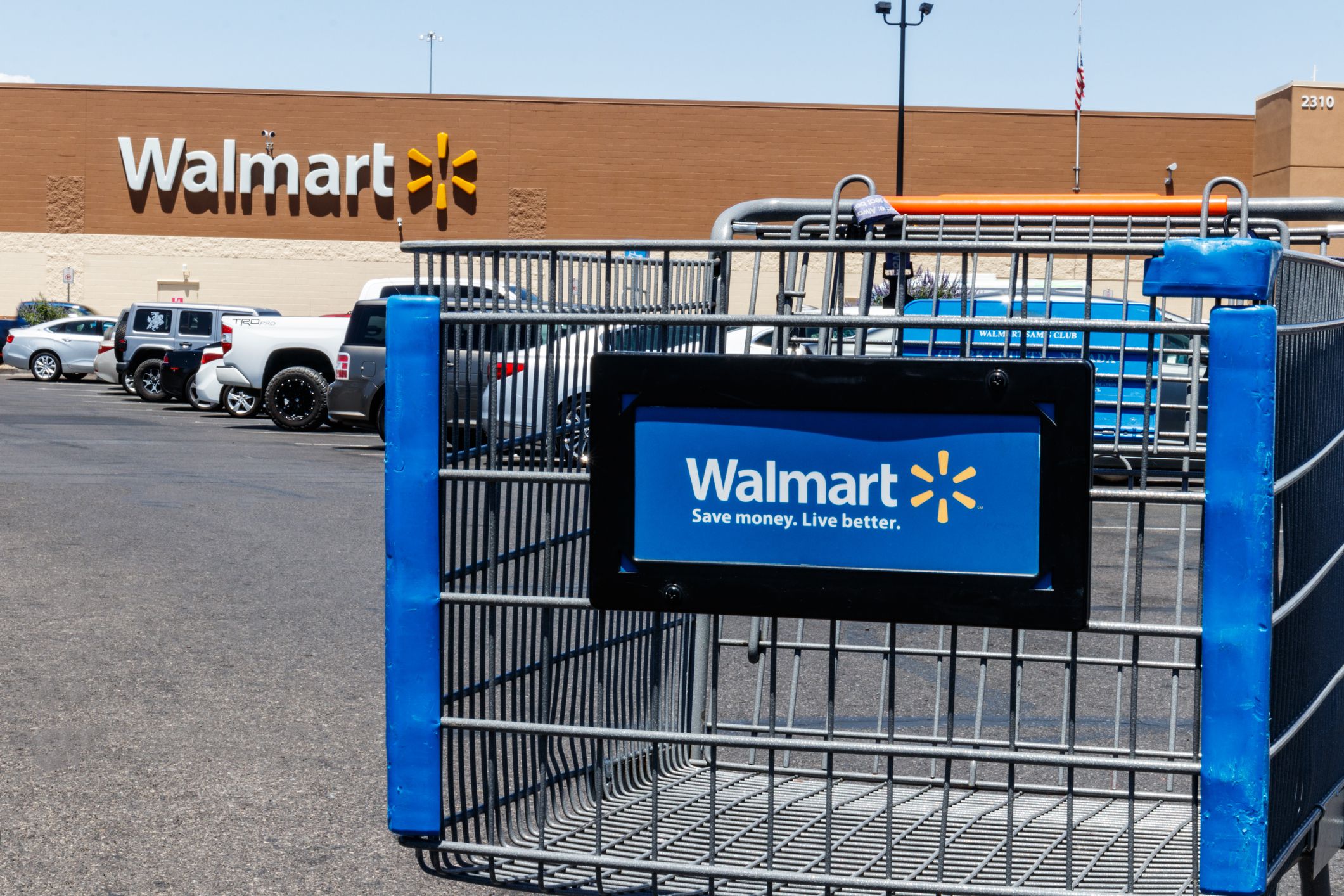If you’re a devout Walmart shopper, you might have noticed that you’re bumping elbows with other shoppers a little bit more than you used to, and you’re not imagining it. It’s not just bargain hunters or families pinching pennies shopping at Walmart anymore. Middle-class shoppers, upper-income households — basically everyone — are making a pit stop at the big blue store. And it’s not without reason.
How Walmart Became Everyone’s Store

Walmart’s playbook is simple: use its massive size to crush prices, give its stores extreme makeovers to make them more enticing, and make shopping painless, whether you stroll the aisles or click “add to cart” online. Spoiler alert: It’s working.
Last quarter, U.S. sales jumped 4.5%. People came in more often, spent more, and Walmart bumped up its own forecasts for the year. In other words, they’re killing it while everyone else’s budgets are screaming.
And get this: it’s not just your budget-conscious neighbor anymore. Middle-class and higher-income shoppers are now filling carts, too. In an earnings call, Doug McMillon, Walmart’s CEO, said, “We saw strength across income cohorts, and especially with higher-income households,” adding that upper and middle-income households are driving the company’s growth.
Why Walmart Is Crushing the Competition

Meanwhile, Target is … struggling. Sales have been essentially flat for years, and dollar stores are losing some of their loyal low-income customers. Walmart, on the other hand, is stealing the spotlight.
The secret sauce lies in the grocery department. People often go to Walmart for food, and the company has invested in making produce, essentials, and even snacks look appealing. They’ve also improved clothes and home goods, so now you can get your eggs and a new throw pillow in one trip, hence the draw.
What the Numbers Are Saying

Walmart’s numbers don’t lie:
- Revenue for the three months ending October 31, 2025: $179.5 billion, up 5.8%
- Earnings per share: 62 cents, beating Wall Street guesses.
- Full-year net sales forecast: 4.8–5.1% growth.
And get this: Prices at Walmart stores rose only 1.3%, well below overall inflation. Plus, online shopping is booming, with global e-commerce up 27%.
What This Means for You

If you’ve been sleeping on Walmart, wake up.
And if you’re already a Walmart shopper, next time you’re making a grocery run or sprucing up your closet, don’t be surprised when your cart is surrounded by everyone from your budget-conscious buddy to the person in a suit who signs your paycheck. Rollback is all-inclusive, folks.
More News You Might Like

- Target Fails to Attract Frugal Customers as Sales Continue to Decline — People aren’t choosing Target the way they used to — and it’s not because shoppers suddenly became disloyal. It’s because the Target that customers loved hasn’t really existed for a while.
- Why Target Shoppers Steer Clear of Walmart — Walmart’s main competitor, Target, has still cultivated a passionate group of shoppers — many of whom go to great lengths to avoid that bigger, bluer, cheaper rival across town. Here’s why.
- IKEA, Walmart, and More Retailers Raise Prices Due to Tariffs — Profits may be soaring for some retailers, but shoppers are feeling the brunt of tariffs.




